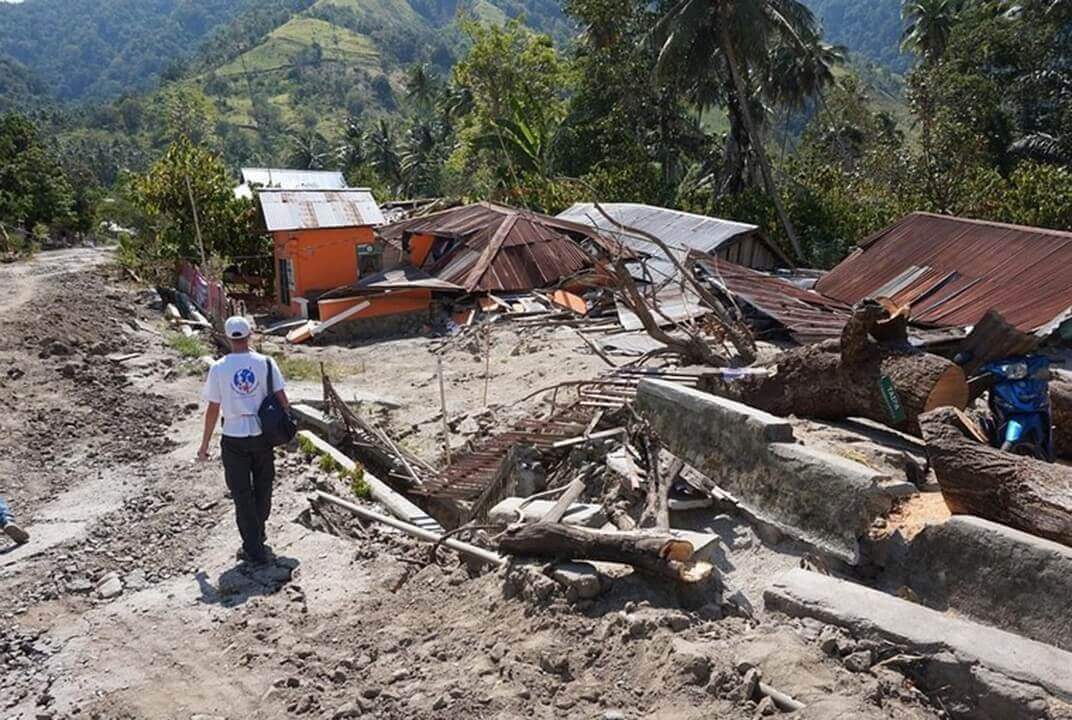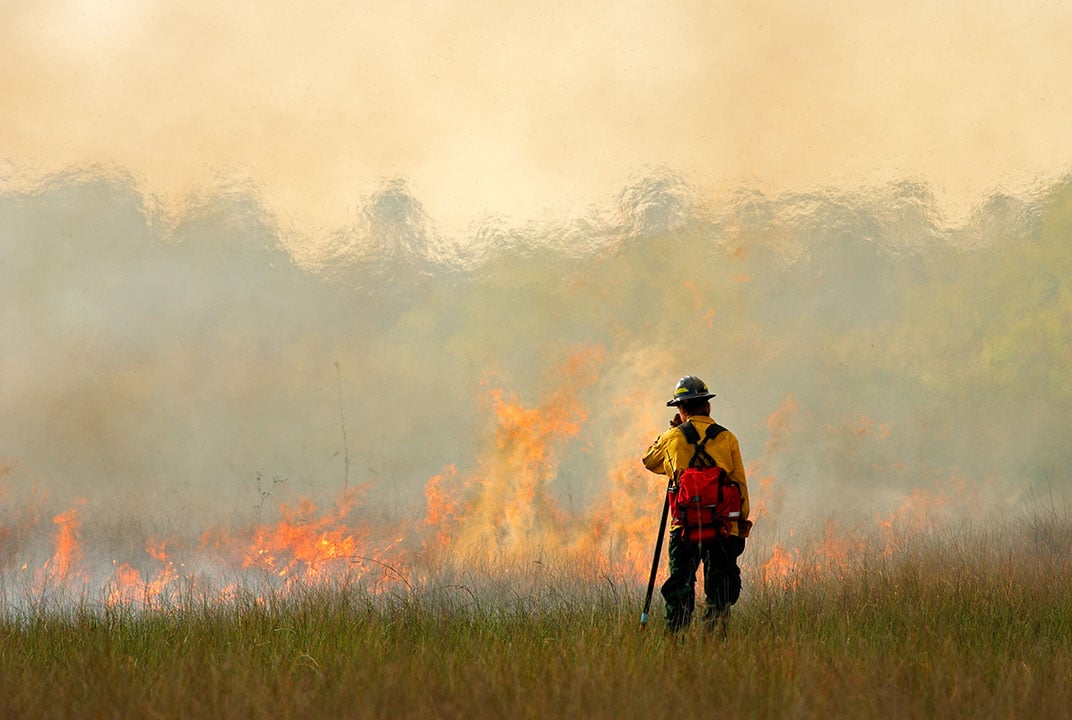Lifeline for Madagascar's victims of Cyclone Giovanna
A team from Télécoms Sans Frontières (TSF) is in Madagascar providing a communications lifeline to aid agencies and victims of Cyclone Giovanna.
The Inmarsat-sponsored humanitarian group has set up a satellite connection for relief organisations based at the NGO co-ordination centre in Care International offices on the Indian Ocean island.
Islanders have also been able to make free satellite calls to let relatives know they are safe and to request assistance.
Eastern coast
The tropical cyclone hit the eastern coast of Madagascar on 14 February, with winds reaching 120mph (194km/h).
Large parts of the island were cut off by the storm, making it difficult for the government and relief agencies to assess the damage.
TSF dispatched a team immediately, carrying five BGAN terminals and seven IsatPhone Pro satellite phones.
Emergency centre
Working with the BNGRC, the national disaster response agency in Madagascar, they carried out several assessment missions in the towns of the Eastern coast the most affected by the cyclone.
They were also able to set up an emergency telecoms centre in Brickaville, a badly-affected inland town, for the benefit of the Malagasy Red Cross, the local authorities and several other organisations.
“In Brickaville the GSM network is operational, but the internet connection is very slow and regularly interrupted,” said TSF spokesman Laure Crampe.
Humanitarian calling
“People have to reach Tamatave, over two hours' drive away, to find reliable internet access.”
TSF arrived in the region, which took the full force of the storm, on 19 February, setting up a humanitarian calling operation for residents of three towns.
TSF is sponsored by Inmarsat and distribution partner Vizada.

